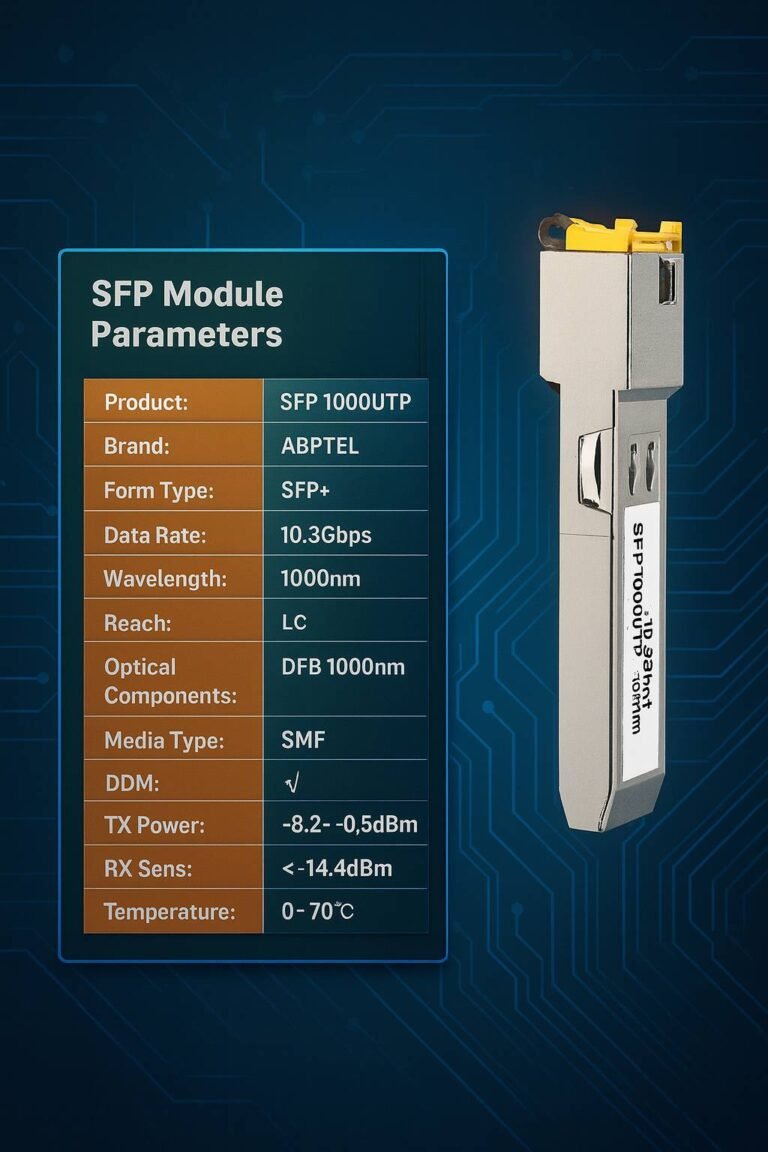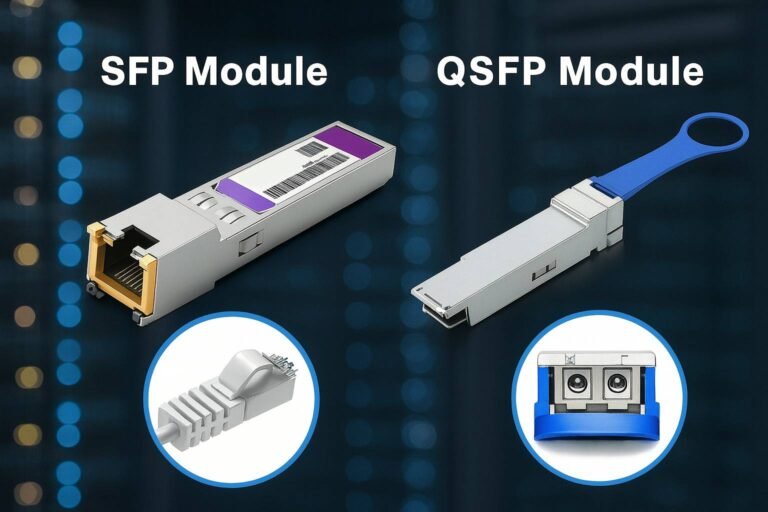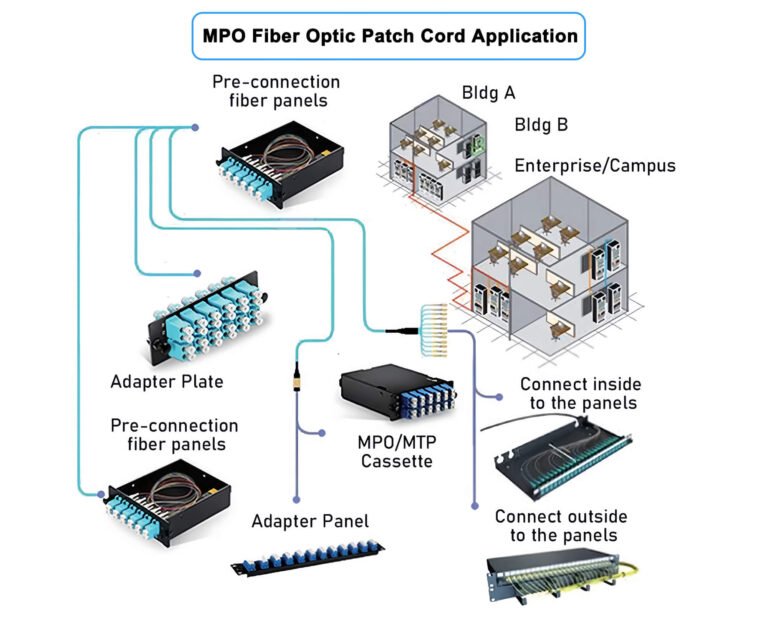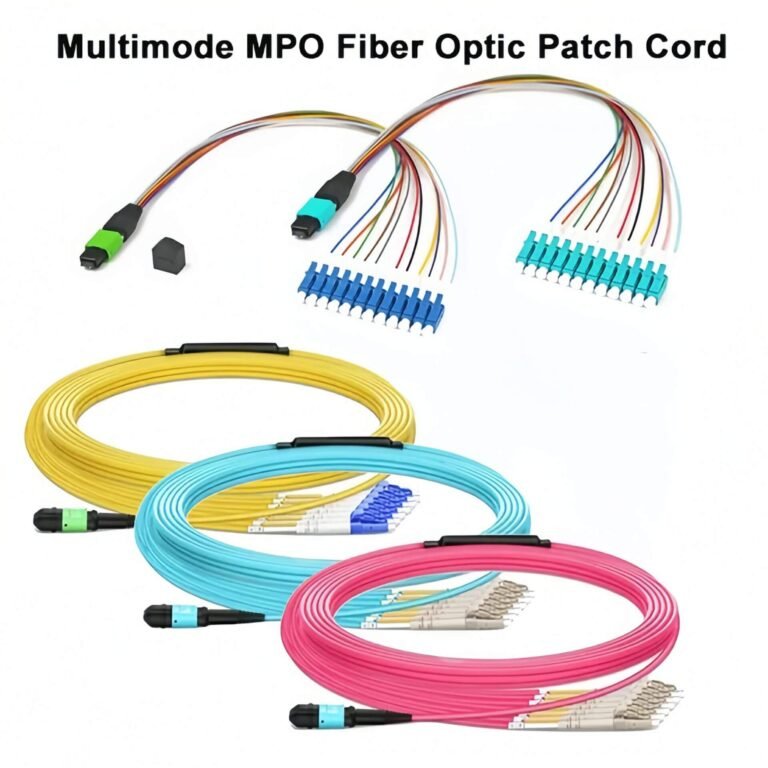What Are the Main Applications of MPO/MTP Cable Types in Data Centers and FTTH?
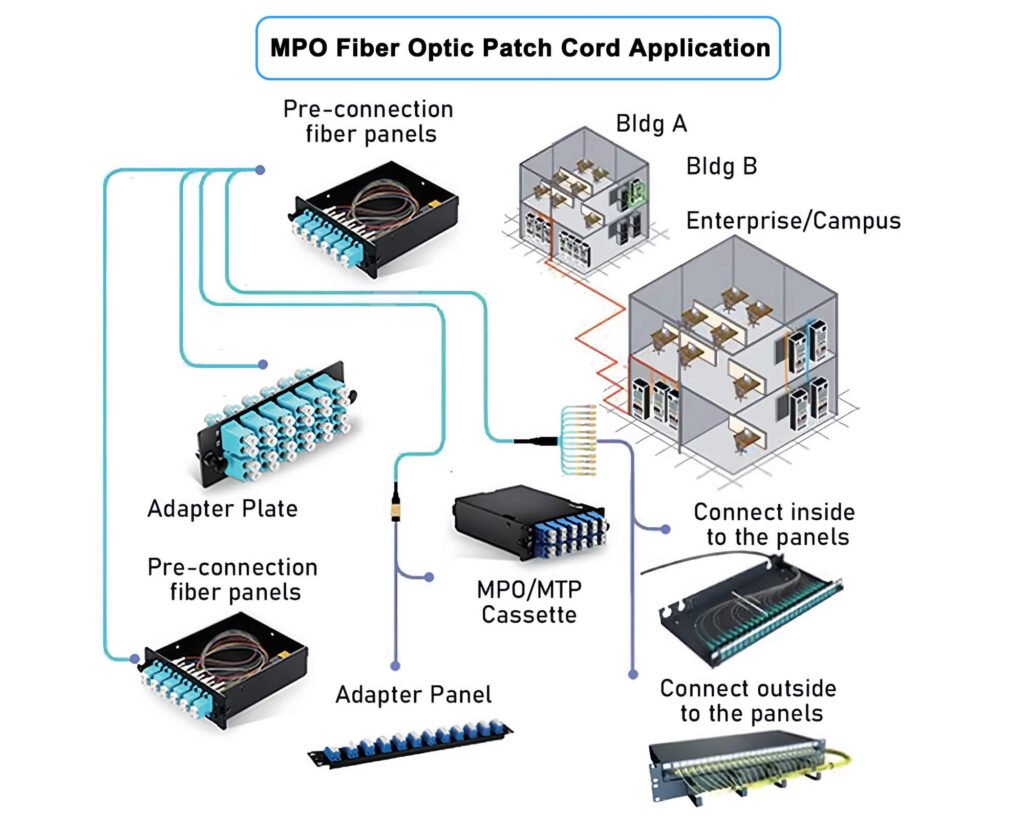
Many engineers juggle two worlds—dense data-center fabrics and broad FTTH roll-outs—yet they often use separate cabling playbooks. That split drives up stock, training time, and install cost. I once paid that price during a weekend cut-over.
Here is the answer in one breath: use MTP/MPO cable families that fit the four biggest application buckets—FTTH MDU drops, top-of-rack links, cross-connect frames, and PON backbone upgrades. Align the cable type with each use-case, and projects finish faster with fewer alarms.
My own learning curve shaped this guide. After one painful outage, I rewired both a tower riser and an AI pod using the same MPO toolkit. The field lessons follow.
FTTH MDU Deployments Using Pre-Terminated MPO Drop Cables?
Pulling fiber up a crowded riser tests nerves and budgets. I needed a faster plan.
Direct answer: factory-terminated MPO drops cut per-floor work from 85 min to 35 min by eliminating splices and polish steps pre-terminated MPO study1.
Dive Deeper
| Task | Field-Spliced | Pre-Terminated |
|---|---|---|
| Cable pull (8 F) | 25 min | 25 min |
| Splice & sleeve | 40 min | — |
| Clean & test | 20 min | 10 min |
| Total | 85 min | 35 min |
A tighter loss budget matters. Eight MPO pairs add 1.6 dB; field splices push 2.4 dB. The saved 0.8 dB keeps XGS-PON within its 5 dB envelope XGS-PON link budget2.
Why Does MPO Rule the Top-of-Rack?
GPU nodes crave airflow; fat duplex looms block it. MPO trunks slim the bundle by 70 % MPO bulk reduction evidence3.

Dive Deeper
| Item | LC Duplex | MPO-12 | MPO-24 |
|---|---|---|---|
| Fibers per RU | 48 | 288 | 576-fiber proof4 |
| Bundle Ø (24 F) | 18 mm | 7 mm | 7 mm |
Rack inlet temperature fell 4 °C; fans slowed and saved 3 % power.
Cross-Connect Panels vs. Direct-Attach: Pros & Cons?
Should I patch through a frame or run trunks switch-to-switch? An outside study compares both paths cross-connect vs direct-attach5.
Quick take: cross-connects win when ports move weekly; direct trunks win when links stay fixed.
Decision Table
| Factor | Cross-Connect | Direct-Attach |
|---|---|---|
| First cost | High | Low |
| MAC speed | 3min | 10min |
| Extra loss | +0.35dB IEC MPO IL6 | 0dB |
Scaling from 10 G PON to 25 G/50 G with MPO Backbones?
Forklift upgrades scare CFOs. MPO backbones dodge them.
Answer: build a 24-fiber spine, use duplex pairs for 10G, then keep the same glass for 25G (G.9804) 25G PON spec7 and even 50G by changing optics.
PON Evolution
| Speed | Fibers/OLT | Reach | Reuse MPO? |
|---|---|---|---|
| 10G | 2 | 20km | Yes |
| 25G | 2 | 20km | Yes |
| 50G | 1 | 20km | Yes |
Loss stays below 3.1 dB, well inside the 5 dB budget.
Conclusion
MTP/MPO cables excel across four core applications:
- FTTH MDUs — pre-terminated drops halve labor.
- Top-of-Rack — slim trunks free space and cool servers.
- Cross-Connect Frames — add agility where tenants need it.
- PON Backbones — one spine jumps from 10G to 50G with new optics only.
Align each cable type to its best role and both data-center and FTTH builds finish on time—without weekend outages.
-
Study showing install-time reduction when using pre-terminated MPO drops in MDUs. ↩
-
XGS-PON design guideline citing a 5dB total link budget. ↩
-
Report documenting 70% cable-bulk reduction with MPO trunks in top-of-rack layouts. ↩
-
Specification sheet confirming 576 fibers per 1 RU MPO panel. ↩
-
White paper comparing cross-connect panels and direct-attach cabling in data centers. ↩
-
IEC 61754-7 typical MPO insertion-loss figure of 0.35dB per mated pair. ↩
-
ITU-T G.9804 standard that defines 25G PON optics and budgets. ↩

